India's Aditya-L1 spacecraft entered the Sun's orbit on January 6, marking a new achievement in the country's space exploration ambitions.
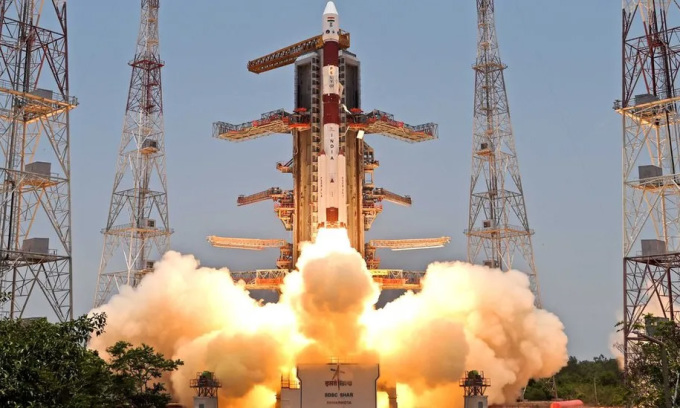
Aditya-L1 spacecraft launched into space in September 2023. Photo: ISRO
The Aditya-L1 spacecraft, launched in September 2023, carries a host of scientific instruments to measure and observe the outermost layers of the Sun. The spacecraft has reached its final orbit to explore the mysteries of the Sun-Earth relationship, Indian Minister of Science and Technology Jitendra Singh said on social media X on January 6.
The United States and the European Space Agency (ESA) have sent spacecraft to the center of the solar system, starting with NASA's Pioneer program in the 1960s. Japan and China have also sent solar observatories into Earth orbit. However, the Indian Space Research Organization's (ISRO) Aditya-L1 is the first spacecraft launched by an Asian country into orbit around the Sun.
Aditya-L1, named after the Hindu sun god, has traveled 1.5 million kilometers from Earth, about 1% of the distance between Earth and the Sun. The spacecraft currently operates at a point where the gravitational pull of both bodies is nullified, allowing it to maintain a stable halo orbit around the Sun.
The $48 million Aditya-L1 will study coronal mass ejections, periodic events in which huge jets of plasma and magnetic energy are released from the Sun’s atmosphere. These eruptions are powerful enough to reach Earth, potentially disrupting satellite operations. The mission also aims to shed light on the dynamics of other phenomena by imaging and measuring particles in the Sun’s upper atmosphere.
India has a relatively low-budget space program, but it has grown significantly since it launched its first spacecraft into lunar orbit in 2008. Last August, India became the first country to land an unmanned spacecraft near the lunar south pole, becoming only the fourth country to successfully land a spacecraft on the celestial body. It also became the first Asian country to orbit Mars in 2014.
India plans to launch a manned spacecraft into Earth orbit later this year. The mission will last about three days. It also plans to cooperate with Japan to send another probe to the Moon by 2025 and an orbiter to Venus within the next two years.
Thu Thao (According to AFP )
Source link





![[Photo] Top players gather at the 2025 Nhan Dan Newspaper National Table Tennis Championship](https://vphoto.vietnam.vn/thumb/1200x675/vietnam/resource/IMAGE/2025/5/23/9ad5f6f4faf146b08335e5c446edb107)








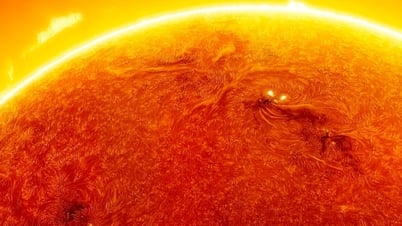






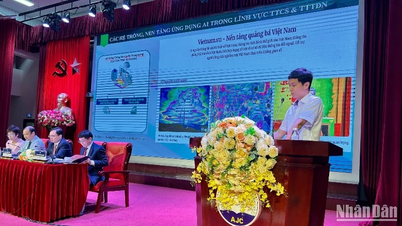


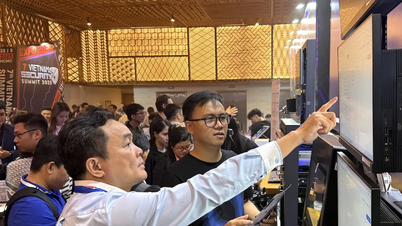































































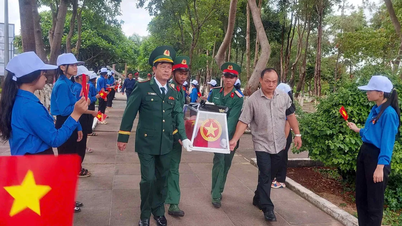
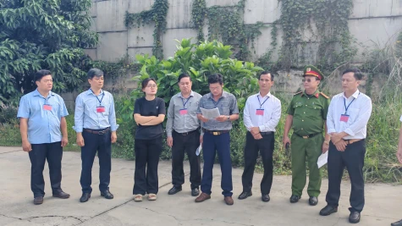













Comment (0)